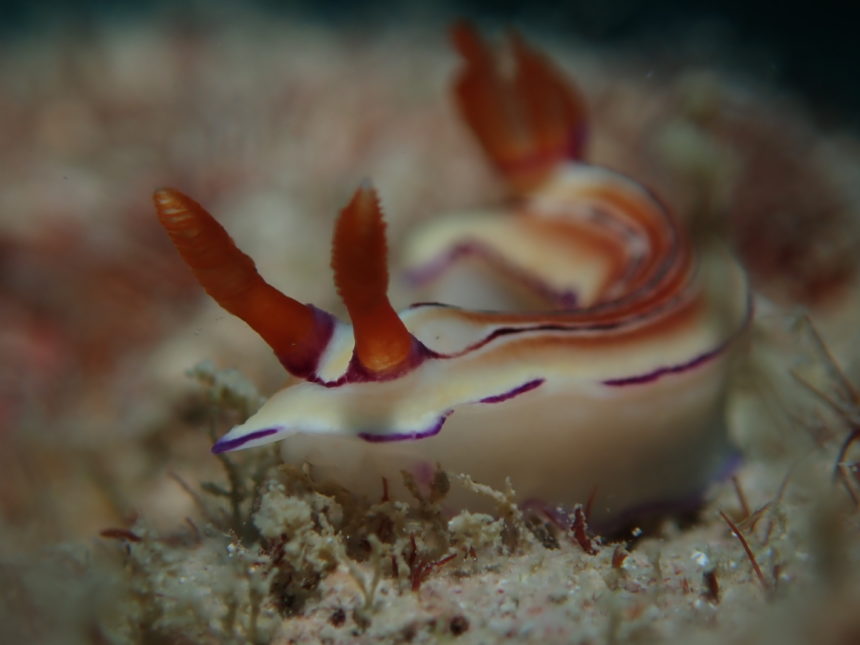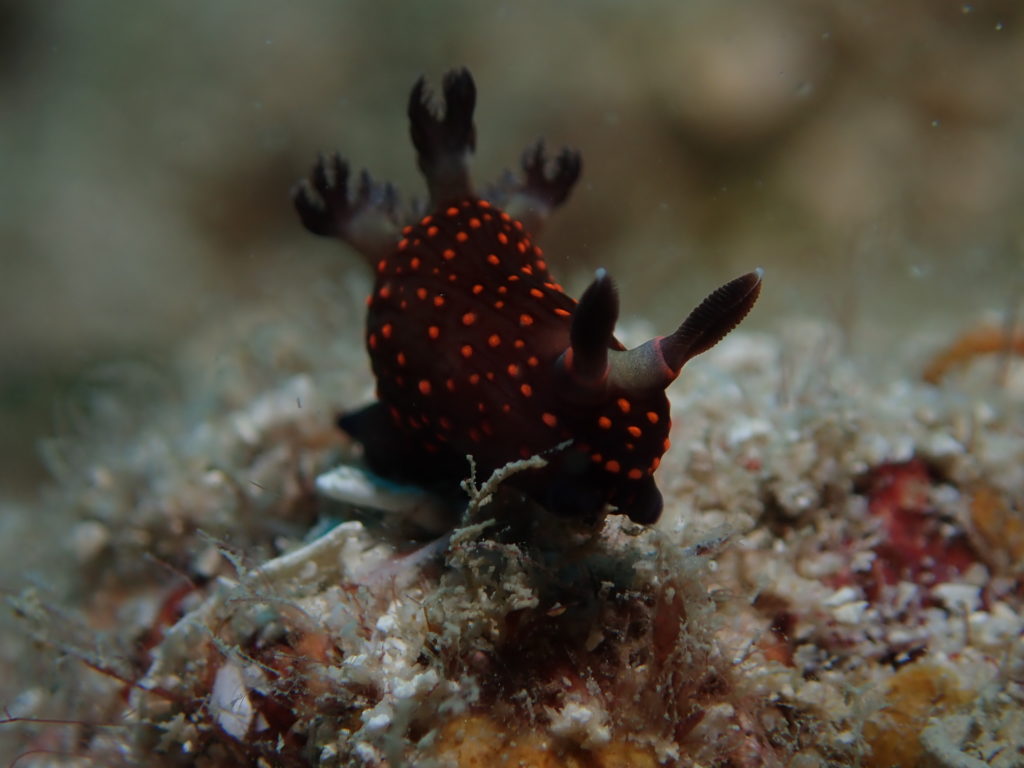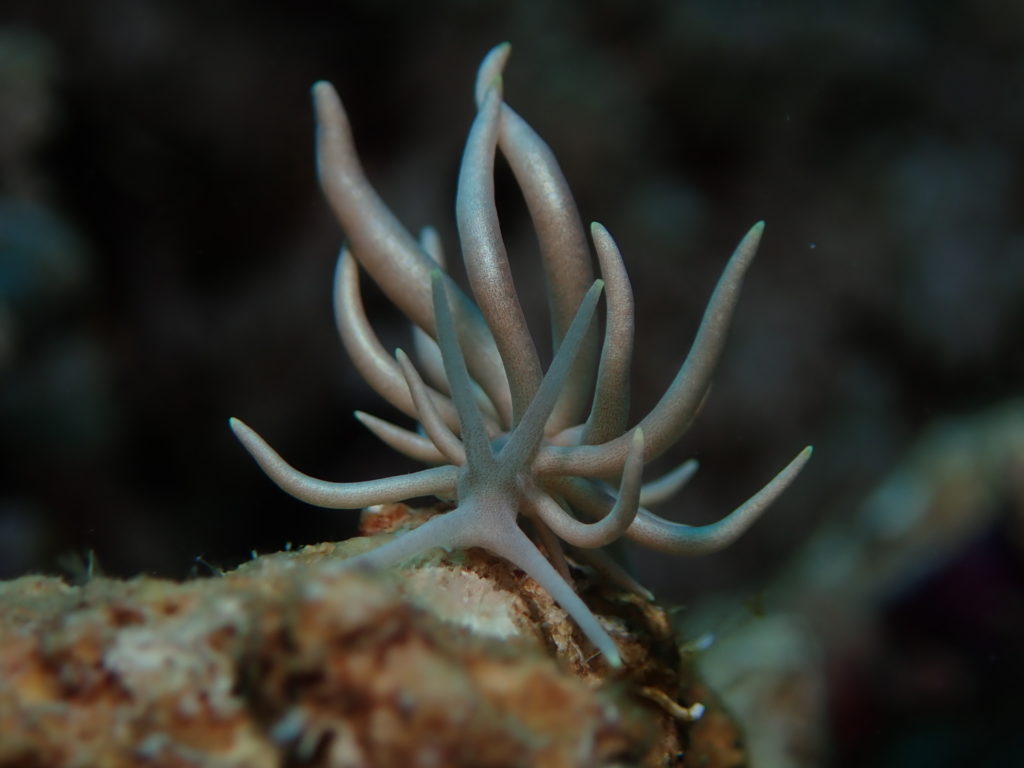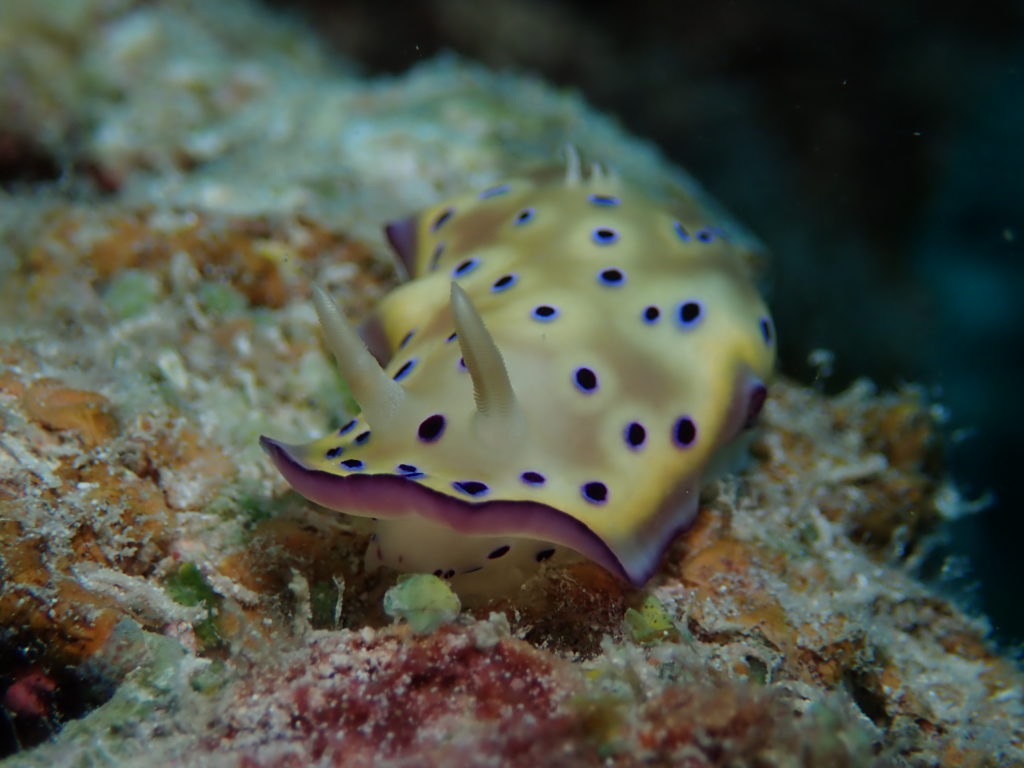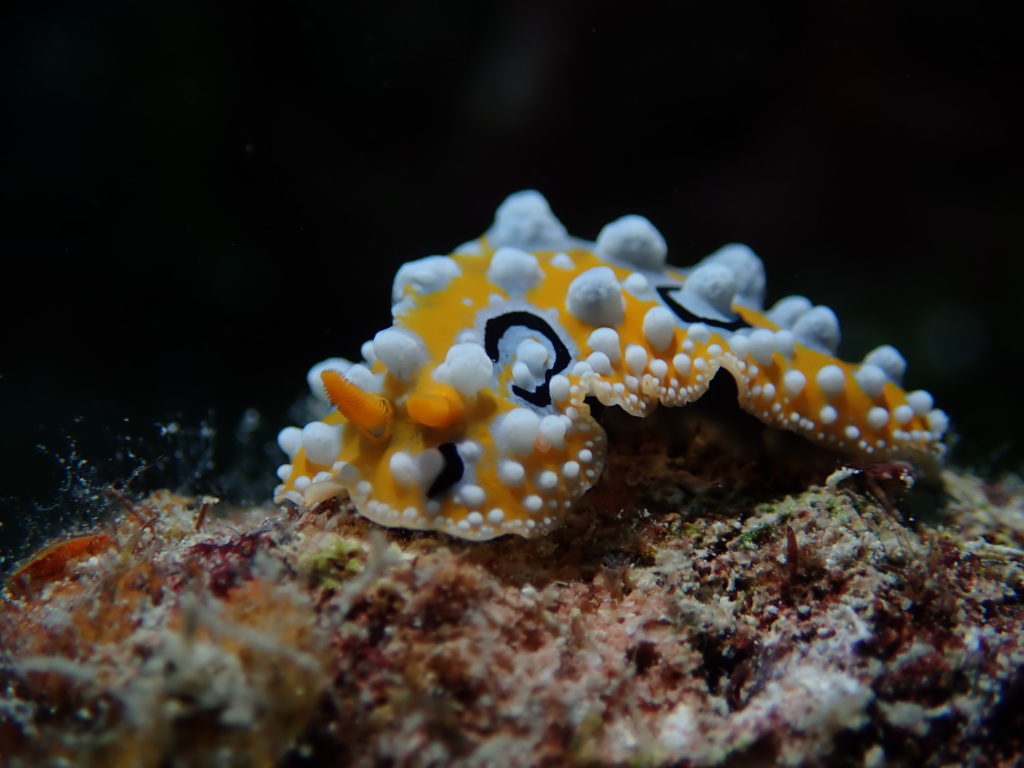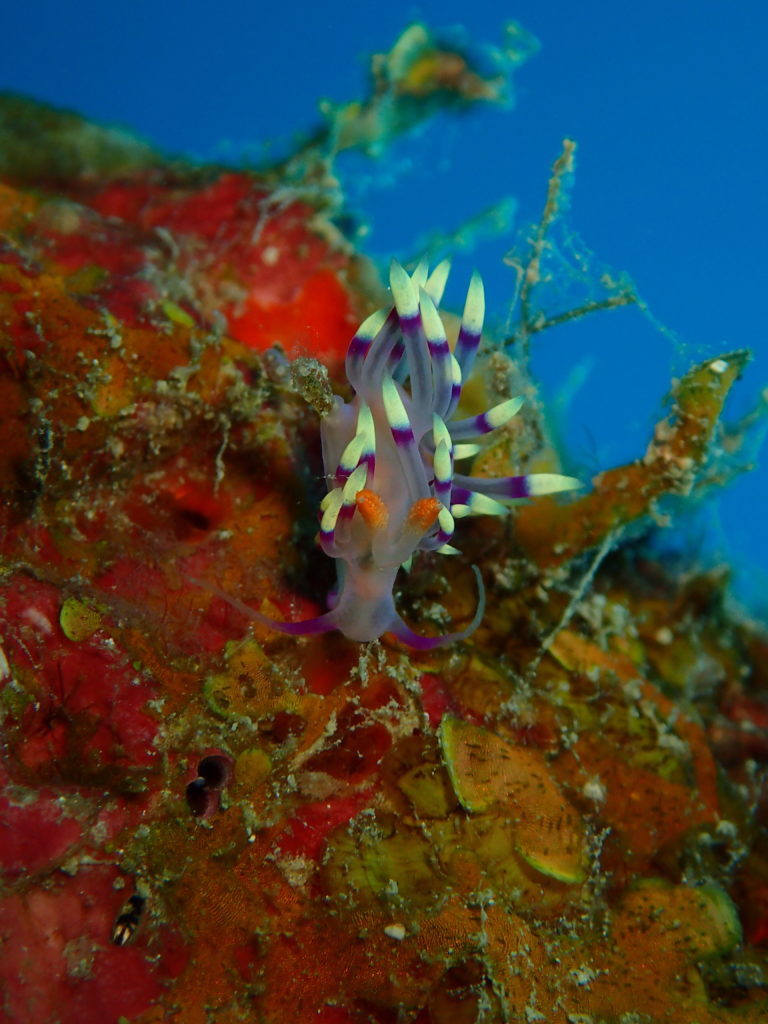Among the colorful, unique and fascinating marine creatures that live in and around coral reefs, nudibranchs perhaps have the most adorable and quirkiest shapes of them all that remind you of the creatures from popular anime “Pokémon.”
Nudibranchs are shell-less marine gastropod mollusks, part of the sea slug family, and estimated to have more than 2,000 different species found in the world’s oceans.1 They range in sizes too, from the smallest with a size that’s less than 10mm like shaun the sheep (costasiella kuroshimae) to those that are more than 100mm like aegires serenae.
Due to their photogenic nature, they become favorites among divers and are given the nickname “butterflies of the sea.” Despite their eye-catching shapes and colors you have to carefully and thoroughly look for them in between the coral reefs because they are small and blend well with their surroundings; once you spot them be mindful when you come near them because their tiny eyes don’t function the same way as humans or other animals do.
The eyes in nudibranchs can only distinguish between light and dark, however they are equipped with two highly sensitive tentacles called rhinophores to smell, taste and feel the environment and to detect food with the signals captured from chemical compounds.2
Due to their shell-less body, nudibranchs are easy targets for predators but they have several effective defense mechanisms like producing toxic compounds via de novo biosynthesis or from the food they eat.
Plenty of nudibranch species have been identified in Indonesian waters and they have to be protected because they are a great model and biological instrument for science development, great natural sources for medicines and also magnet visitors who want to see them live in the ocean.
At Bawah Island they are easily found in areas where plenty of coral reefs thrive, the best location to see them is in Tokong. It’s highly recommended for you to use a proper scuba diving tool if you are thinking of seeing them underwater because they live in benthic zone.
As benthic animals, nudibranchs are highly dependent on substrate as a place to live and as a food source. Substrate isn’t their only food source though as they also get nutrients from the photosynthesis process by algae living in their bodies.
Our coral conservation work helps maintain coral reefs ecosystem in the Anambas area. By keeping a healthy coral reefs ecosystem we indirectly protect all the wonderful sea creatures, like nudibranchs, whose lives depend on coral reefs.
References:
1 https://www.nationalgeographic.com/animals/invertebrates/group/nudibranchs/
2 Marpaung, Y., Ompi, M., Manembu, I., Roeroe, K.A., Mamangkey, N.G.F., Lumingas, L. (2019). Substrate Diversity of Nudibranch at Lembeh Strait. Jurnal Pesisir dan Laut Tropis, Vol (7):2

